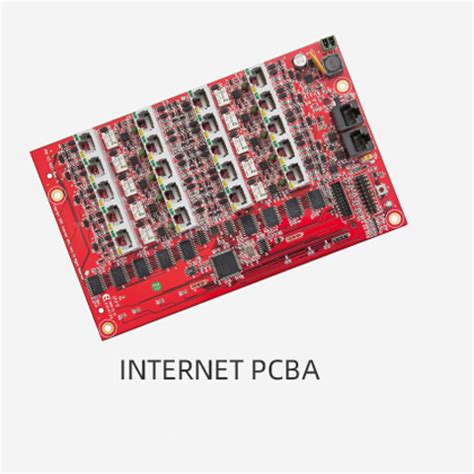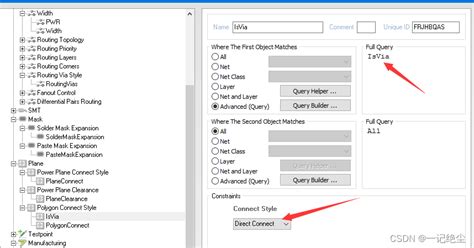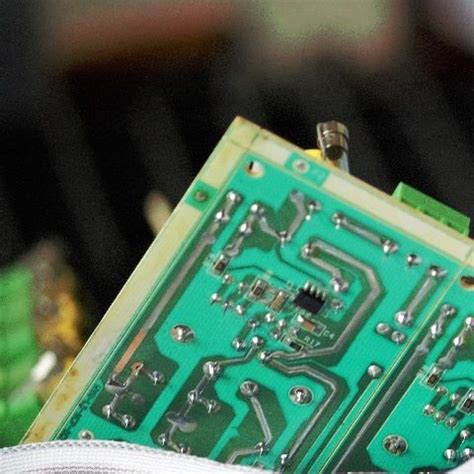Flexible Electronic PCBs: The Future of Modern Electronics
Introduction to Flexible PCBs
Flexible printed circuit boards (flex PCBs or flex circuits) represent one of the most significant advancements in electronic interconnection technology since the invention of the rigid PCB. These remarkable components have transformed product design across numerous industries by offering unparalleled versatility in electronic packaging. Unlike traditional rigid boards, flexible electronic PCBs can bend, fold, and conform to unique shapes while maintaining excellent electrical performance.
The global flexible PCB market, valued at approximately $15 billion in 2022, is projected to grow at a compound annual growth rate (CAGR) of 10-12% through 2030. This growth is driven by increasing demand from consumer electronics, automotive systems, medical devices, and wearable technologies where space constraints and mechanical flexibility are paramount.
Materials and Construction of Flexible PCBs
Base Materials
The foundation of any flexible PCB is its substrate material, typically composed of:
- Polyimide Films: The most common base material (e.g., DuPont’s Kapton), offering excellent thermal stability (up to 400°C), chemical resistance, and mechanical durability. Polyimide maintains its properties across a wide temperature range (-269°C to +400°C), making it ideal for extreme environments.
- Polyester (PET): A more economical alternative for less demanding applications, with good flexibility but lower temperature resistance (typically up to 105°C).
- Liquid Crystal Polymer (LCP): Emerging as a premium material for high-frequency applications due to its low dielectric constant and moisture absorption.
Conductive Layers
The conductive circuitry is typically made from:
- Rolled Annealed Copper: Preferred for dynamic flex applications due to its superior fatigue resistance
- Electrodeposited Copper: Offers better initial cost but less flexibility
- Silver Ink: Used in printed electronics for ultra-thin, low-cost applications
Adhesives and Coverlays
Advanced acrylic or epoxy-based adhesives bond the layers together, while coverlay films (usually polyimide) protect the circuitry. New adhesive-less constructions are gaining popularity for high-reliability applications, eliminating the weak link of adhesive layers.
Manufacturing Processes
Flex PCB fabrication involves specialized processes that differ significantly from rigid board production:
- Precision Etching: Ultra-thin copper layers (often 12-35μm) are photolithographically patterned with micron-level precision.
- Laser Drilling: For high-density interconnects, lasers create micro-vias as small as 25μm in diameter.
- Additive Processes: Emerging techniques like inkjet printing enable direct deposition of conductive traces, reducing material waste.
- Component Assembly: Specialized soldering techniques or conductive adhesives attach components, often requiring precise temperature control to prevent warping.
Types of Flexible Circuits
The IPC-6013 standard classifies flex PCBs into several types:
- Single-Sided Flex: Most basic and cost-effective, with circuitry on one side.
- Double-Sided Flex: Conductors on both sides with plated through-holes.
- Multilayer Flex: Three or more conductive layers with interconnections.
- Rigid-Flex: Hybrid constructions combining rigid and flexible sections.
- Sculptured Flex: Unique designs with varying thicknesses for specialized applications.
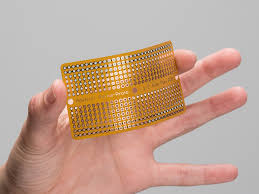
Advantages of Flexible Electronic PCBs
Mechanical Benefits
- Space Savings: Flex circuits can reduce package volume by up to 75% compared to rigid boards with wiring harnesses.
- Weight Reduction: Typically 60-70% lighter than conventional wiring solutions.
- Dynamic Flexing: Some designs withstand millions of bending cycles without failure.
Electrical Performance
- Controlled Impedance: Enables better signal integrity in high-speed applications.
- Reduced Crosstalk: Careful design minimizes electromagnetic interference.
- Lower Parasitics: Shorter interconnects decrease capacitance and inductance.
Reliability Improvements
- Fewer Interconnects: Eliminates many solder joints and connectors that are failure points.
- Vibration Resistance: Ideal for automotive and aerospace applications.
- Thermal Management: Thin construction allows efficient heat dissipation.
Design Considerations for Flexible PCBs
Successful flex circuit design requires attention to unique factors:
- Bend Radius: The minimum safe bending radius typically ranges from 3-10 times the circuit thickness, depending on materials and construction.
- Neutral Bend Axis: Positioning conductors at the center of the stack minimizes stress during bending.
- Transition Zones: Areas between rigid and flexible sections require careful reinforcement.
- Dynamic vs. Static Applications: Designs differ significantly based on whether the circuit will flex continuously or just during installation.
- Coverlay Openings: Precise registration is critical for component pads and exposed areas.

Applications of Flexible Electronic PCBs
Consumer Electronics
- Smartphones (display connections, camera modules)
- Foldable devices (screens, hinge wiring)
- Wearables (smartwatches, fitness trackers)
Automotive Systems
- Dashboard electronics
- Sensor arrays
- Battery management systems for EVs
Medical Devices
- Hearing aids
- Implantable devices
- Diagnostic equipment
Aerospace and Defense
- Satellite components
- Avionics systems
- Military wearable tech
Industrial Applications
- Robotics
- Industrial sensors
- Equipment monitoring systems

Emerging Trends in Flexible PCB Technology
Stretchable Electronics
New materials like conductive elastomers and serpentine trace patterns enable circuits that can stretch up to 200% of their original length while maintaining conductivity.
Printed Electronics
Additive manufacturing techniques allow direct printing of circuits on flexible substrates, enabling ultra-low-cost production for disposable electronics.
Embedded Components
Passive components (resistors, capacitors) are being embedded within the flex circuit layers, saving space and improving reliability.
3D Flexible Circuits
Advanced manufacturing enables circuits that can take on complex three-dimensional shapes without additional assembly.
Biodegradable Flex Circuits
Environmentally friendly substrates like cellulose nanofibril films are being developed for temporary medical implants and sustainable electronics.
Challenges and Limitations
Despite their advantages, flexible PCBs present several challenges:
- Higher Initial Cost: Tooling and setup costs are greater than for rigid boards, though this is offset in many applications by reduced assembly costs.
- Design Complexity: Requires specialized engineering expertise and often more iterations to optimize.
- Handling Difficulties: Thin, flexible circuits can be challenging to assemble using conventional processes.
- Repair Limitations: Damaged flex circuits are often not repairable and must be replaced.
- Material Limitations: Current materials may not meet all requirements for extreme environments or ultra-long lifetimes.
Testing and Reliability Considerations
Flex circuit reliability depends on rigorous testing:
- Flex Testing: Repeated bending to verify durability under expected use conditions.
- Thermal Cycling: Exposure to extreme temperatures and rapid changes.
- Chemical Resistance: Testing against solvents, oils, and other environmental factors.
- High Humidity Testing: Especially important for medical and automotive applications.
- Vibration and Shock Testing: Critical for aerospace and transportation uses.
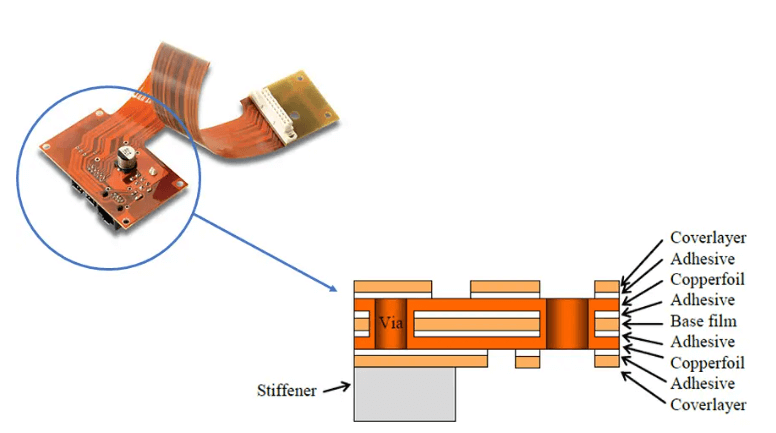
Future Outlook
The future of flexible electronics is exceptionally promising, with several key developments on the horizon:
- Nanomaterial Integration: Incorporation of carbon nanotubes and graphene for enhanced conductivity and flexibility.
- Self-Healing Circuits: Materials that can automatically repair minor damage.
- Energy Harvesting Flex Circuits: Integration of flexible solar cells and piezoelectric materials.
- Neuromorphic Electronics: Flexible circuits that mimic biological neural structures.
- Mass Customization: Advanced manufacturing enabling economical small-batch production.
As these technologies mature, we can expect flexible PCBs to penetrate even more applications, potentially replacing traditional wiring and rigid boards in many instances. The convergence of flexible circuits with printed electronics, organic semiconductors, and advanced packaging techniques will likely create entirely new product categories we can scarcely imagine today.
Conclusion
Flexible electronic PCBs have evolved from niche solutions to essential components in modern electronics. Their unique combination of reliability, space efficiency, and design flexibility enables innovations across virtually every industry. As material science and manufacturing techniques continue to advance, flexible circuits will play an increasingly central role in the electronics of tomorrow—from roll-up displays to smart clothing to minimally invasive medical devices.
For engineers and product designers, understanding flexible PCB technology is no longer optional but a critical skill in creating competitive, innovative products. The ongoing development in this field promises to keep flexible electronics at the forefront of technological progress, shaping how we interact with electronic devices in our daily lives and pushing the boundaries of what’s possible in electronic design.




